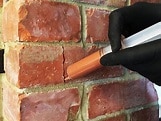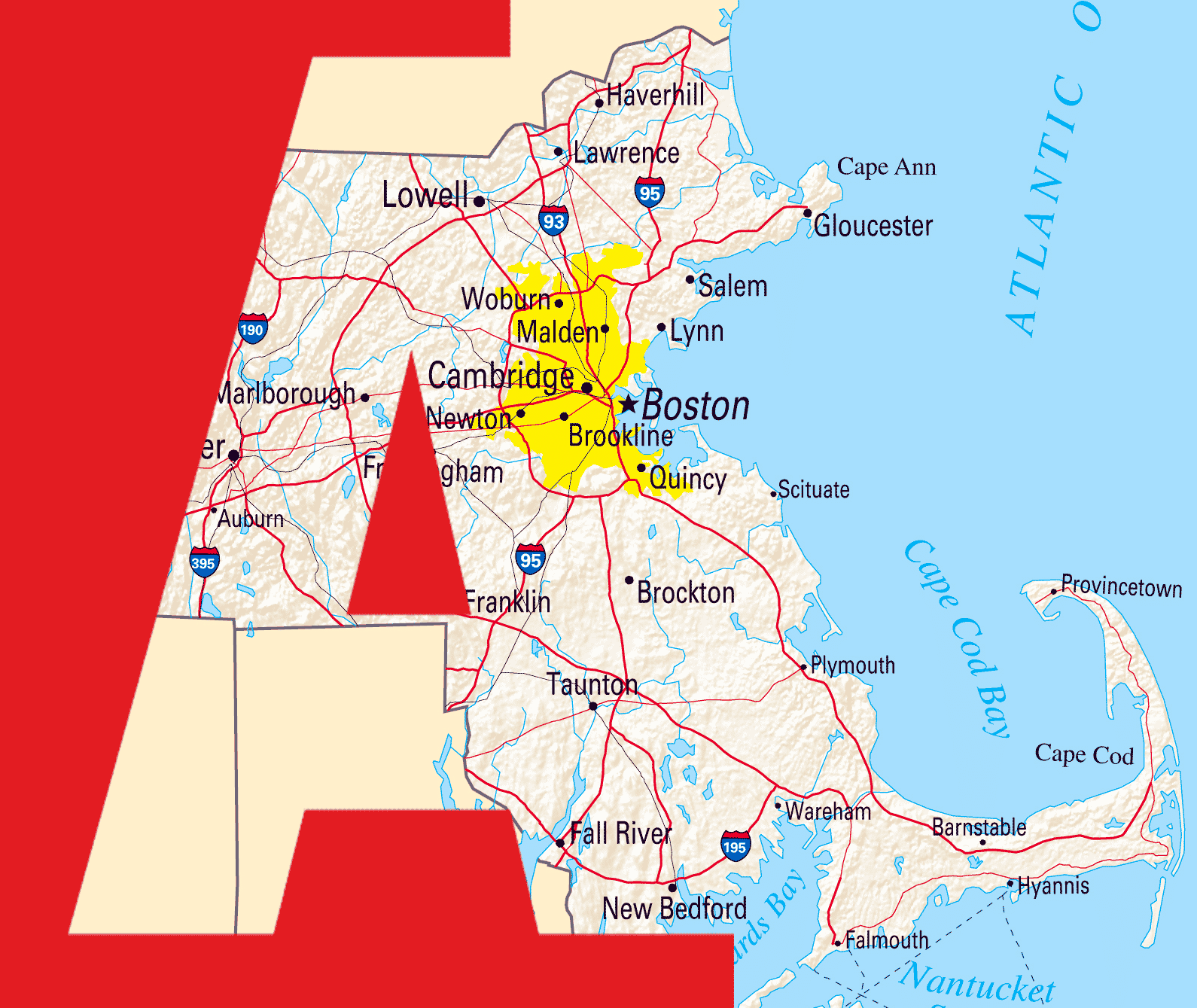The following is the first of a two-part series on brick and stone restoration. Information for these blogs was derived from an article published in the October 2019 issue of Masonry Magazine entitled “Masonry Restoration: Brick, Stone, and Material Substitution.”
Known for its longevity, energy-efficient, and virtually maintenance-free qualities, brick provides building owners with a vast amount of desirable characteristics. However, although brick is considered one of the most durable forms of construction materials, it can require restoration over time for a variety of reasons. This is especially true when considering a historical building due to the difference in manufacturing materials over time.
Brick Harvesting
A common first step in many brick restoration projects is the harvesting of the existing bricks. If you’re not familiar with brick harvesting, it refers to the inspection of existing bricks in order to determine whether they are reusable. For example, many historical buildings were constructed from sand mold bricks. This type of brick is often double faced, so that it can be turned around to reveal the cleaner, less deteriorated side. Any deterioration, if minimal, typically does not affect the stability of the brick. Thus, laying the less deteriorated side facing in a direction in which it will be seen can result in a cost-effective solution to your project.
On the other hand, newer bricks are not typically constructed in the same manner. Newer bricks are extruded through a pug mill, so that only three sides of the brick are faced and therefore cannot be turned around. As these bricks deteriorate over time, they will need to be repaired or replaced.
Brick Repair or Replacement
Brick repairs can be handled in several different manners depending on the degree of deterioration. For example, if bricks have small hairline cracks, dispersed hydrated lime injections are a typical solution. This type of flexible injection will enable your structure to accommodate movement without the future risk of developing similar cracks in the same area.
However, if brick replacement is needed, you’ll be faced with more of a challenge. Because of the changes in brick manufacturing over time, as well as texture and color differences, finding a perfect match may not be such an easy task. Once a color and texture match is confirmed, a series of ASTM tests can be performed to ensure the replacement bricks approximate the structural and physical characteristics of the existing bricks.

For more information on brick masonry building restoration, contact the experts at Abbot Building Restoration. Our team brings decades of experience and expertise to any job site along with a commitment to proving the highest-quality services. Contact us today at (617) 445-0274 or info@abbotbuilding.com to experience the difference of working with a company that puts our client’s best interests first.

